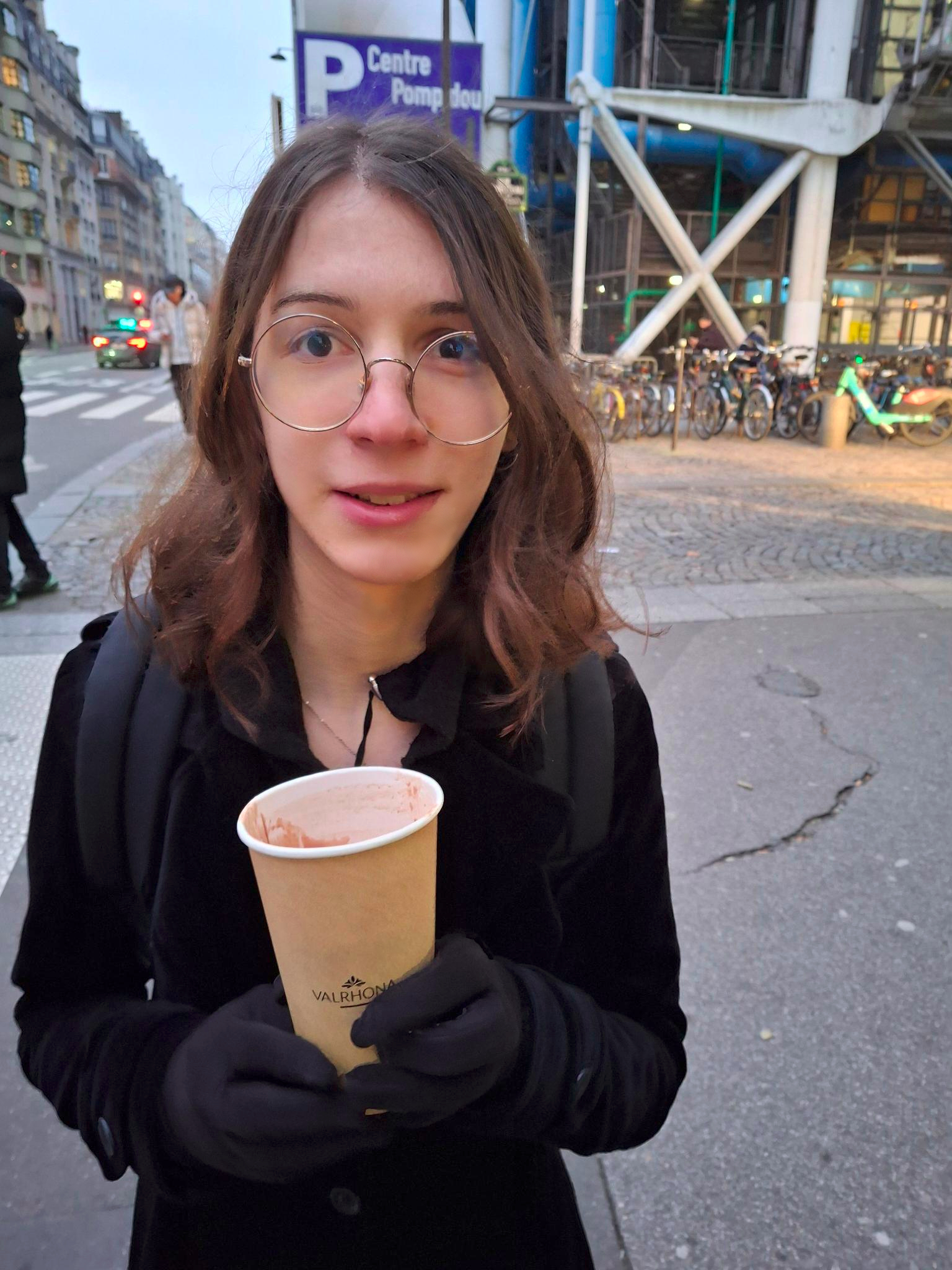(∞, ω)-categories in Spatial Type Theory
2025Using the Spatial Type Theory introduced by M. Shulman, we present a type theory modeled by the ∞-topos of presheaves over the category Θ. In particular, we may carve out a type of weak (∞, ω)-categories by defining suitable Segal and completeness conditions. In many regards the approach we have taken follows the ideas introduced by E. Riehl and M. Shulman in their Simplicial Type Theory. In this paper we lay down those definitions and prove some properties, as a proof of concept for further development.
